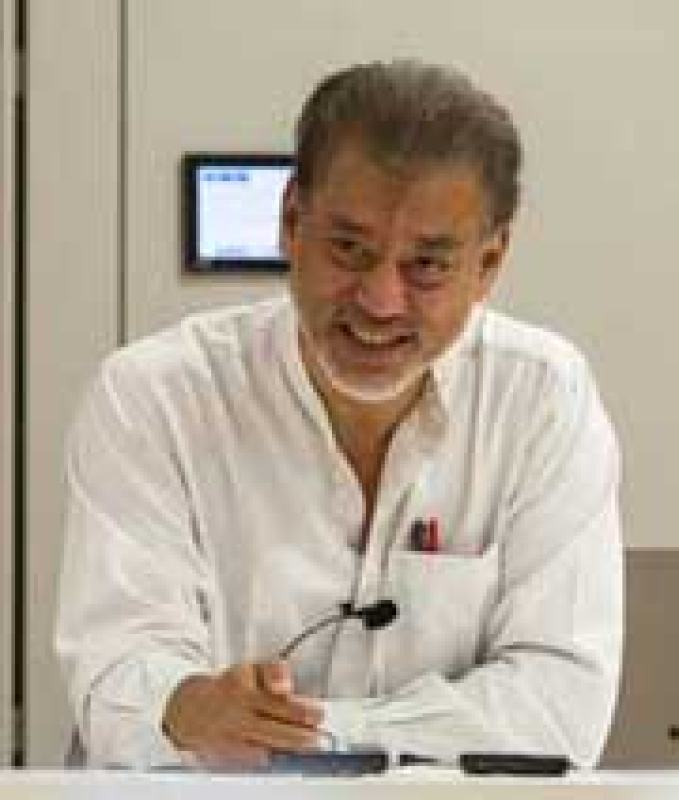- No response on request for Hasina’s extradition: Touhid Hossain |
- Deep relations with US, economic ties with China: Touhid |
- Recommendations on July Charter implementation submitted to CA |
- Cyclonic storm ‘Montha’ now severe cyclonic storm; unlikely to hit BD |
- Gaza Families Face Dire Shortages as Aid Efforts Expand |
Data Centre Investments Raise Energy, Water and Job Concerns

Jomo Kwame Sundaram
Opposition to data centres (DCs) is spreading internationally due to their rapidly growing resource demands. DCs are proliferating quickly, driven largely by the rising popularity of artificial intelligence (AI).
Who are data centres for?
The AI boom has overwhelmed other cloud uses, driving rapid DC growth and imposing enormous energy, water, and land demands. This has sparked bipartisan public backlash in the US, as rising consumption pushes up costs for consumers and host governments alike.
In October 2024, McKinsey projected that global energy demand from DCs would rise 19–22% annually through 2030, reaching 171–219 gigawatts, far exceeding the current 60 GW demand. To avoid a supply deficit, at least twice the DC capacity built since 2000 would need to be constructed in less than a quarter of the time.
Since tech companies do not pay for the extra energy generation capacity, the burden falls on consumers and governments, whether or not they directly benefit from AI.
Faced with pushback in developed countries, DC developers are increasingly turning to developing nations, outsourcing environmental and resource pressures to poorer countries. Understanding these energy- and water-intensive facilities is essential to protect economies, communities, and the environment.
Energy Needs
With growing corporate and consumer AI demand, DC growth will continue and may even accelerate. Increased AI usage will significantly raise energy and water consumption, indirectly accelerating global heating. Supporting computers require vast electricity, generating heat that must be cooled, often using more energy and water. Between 38% and 50% of energy used in DCs goes to cooling.
A small DC with 500–2,000 servers consumes 1–5 megawatts (MW), while hyperscale DCs hosting tens of thousands of servers consume 20–100 MW — comparable to a small city.
Data Centres Not Cool
While energy use draws most attention, DCs’ massive water requirements for cooling are often ignored. Locating new DCs in developing countries can exacerbate local heat and strain freshwater supplies, particularly in tropical regions where ambient temperatures are high.
Google alone used nearly 23 billion litres of water in 2023 for DC cooling. Evaporative systems absorb heat and release steam, while closed-loop systems recirculate water but require additional energy to chill it.
Investors Expect Subsidies
Many DCs relocate to countries offering generous subsidies, cheap land, and low-cost water. Governments compete to attract foreign direct investment with tax breaks and incentives.
The US has pressured Malaysia and Thailand to prevent Chinese firms from using DCs as an “export-control backdoor” for AI chips, citing national security concerns. Only Malaysia has complied so far.
High-Tech DC Jobs?
Despite claims, DCs create relatively few high-tech jobs. They are largely self-operating, requiring minimal human intervention aside from maintenance. Construction jobs are temporary, and managerial roles are often remote. Georgetown University reports that only 27% of DC jobs are technical.
Foreign investments in DCs also limit national ambitions for data sovereignty and developing end-to-end DC capabilities. Little attention is given to what happens when DCs outlive their purpose or how to dispose of waste materials.
Overall, the high costs, subsidies, and environmental impacts of DCs are rarely offset by their modest employment benefits or other advantages.

